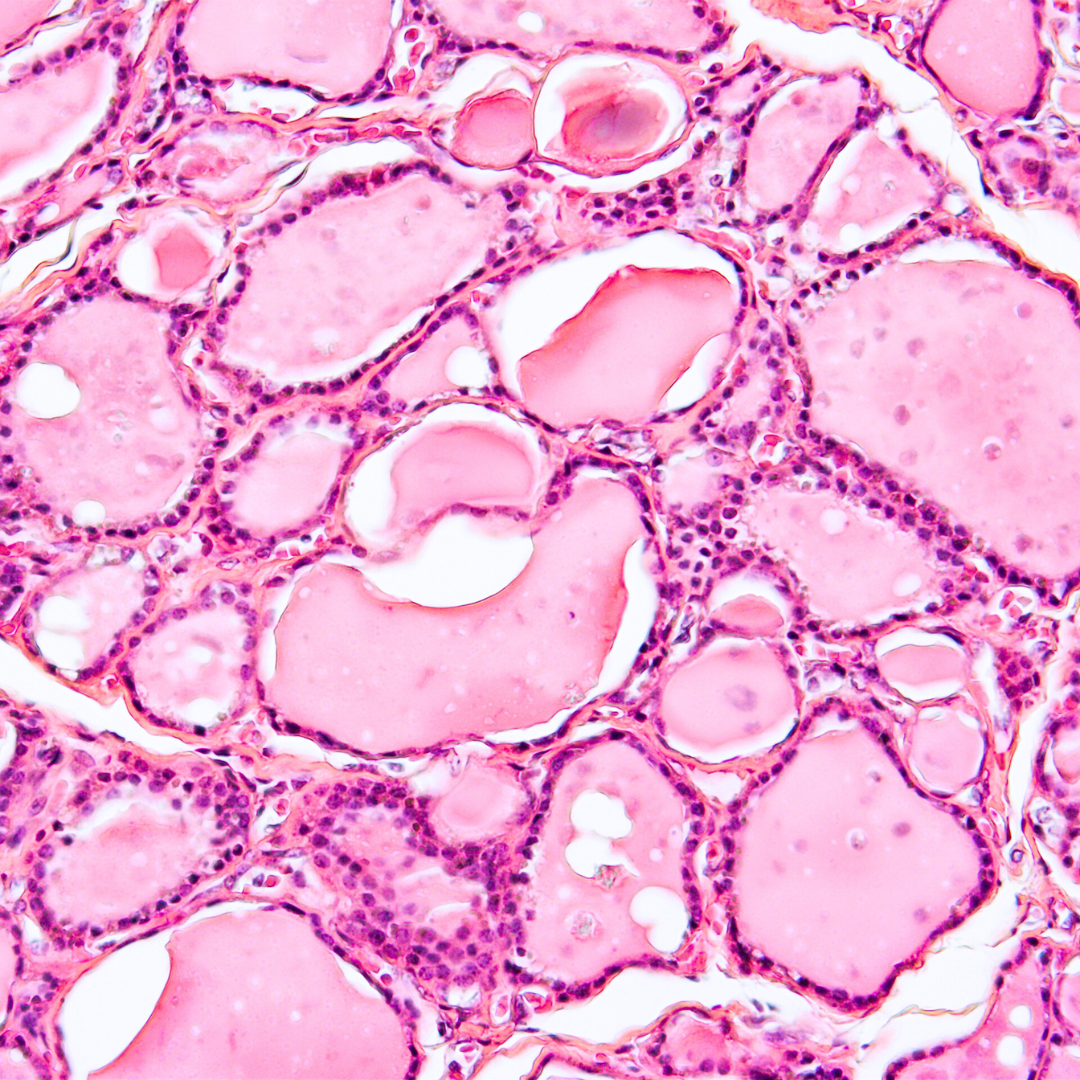
3D bioprinting is becoming one of the key tools in the advancement of tissue engineering—a field focused on creating, regenerating, and repairing damaged biological tissues. Thanks to the advanced BioCloner technology, it is possible to precisely design and print three-dimensional structures that replicate the complex architecture of natural tissues. This represents a significant step toward developing new methods for treating injuries, defects, and degenerative diseases.
Within tissue engineering, 3D bioprinting enables the creation of scaffolds.These structures can be seeded with a patient’s own cells, allowing the development of tissues that are immunologically compatible with the recipient’s body. This increases the likelihood of therapy success and shortens recovery time. The use of 3D bioprinting also accelerates the development of materials that support wound healing or the reconstruction of bone and cartilage tissue.
BioCloner Desktop Pro in tissue engineering
In response to the needs of scientists and research teams, we developed the BioCloner Desktop Pro—an advanced 3D bioprinter with wide applications in the development of biological scaffolds and tissue structures. Our technology enables precise placement of cells and biomaterials in space according to a pre-designed model. This opens up new possibilities in the reconstruction of both soft tissues and skeletal structures, such as bones and cartilage.
With the BioCloner Desktop Pro, it becomes possible to conduct research on new materials and test them under laboratory conditions without the need for studies on living organisms. Our goal is to support scientific and medical institutions in creating innovative solutions that, in the future, could be applied in reconstructive surgery, orthopedics, or burn treatment.
3D bioprinting is more than just a technology—it is a tool that is transforming the approach to medicine and biology. Combined with tissue engineering, it becomes the foundation for future therapies that will be more effective, less invasive, and better tailored to the individual needs of patients.

